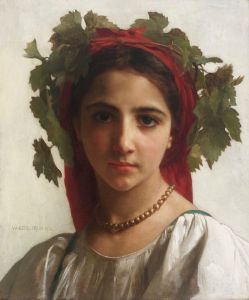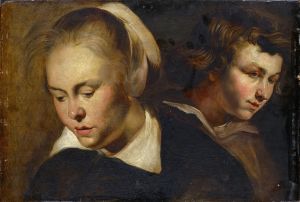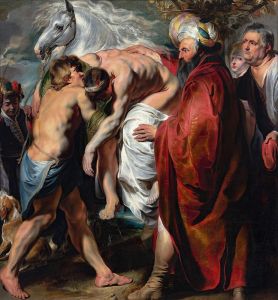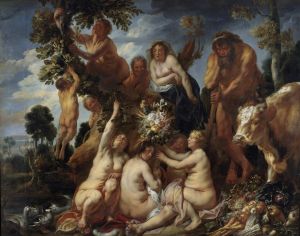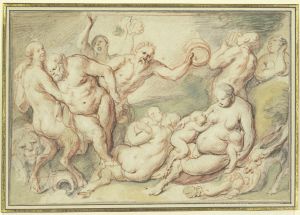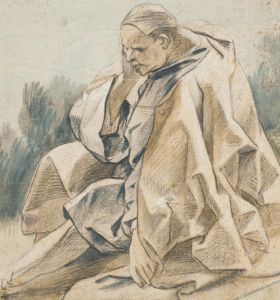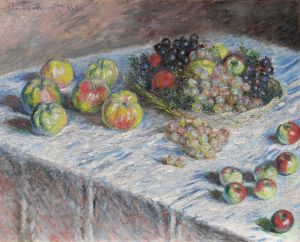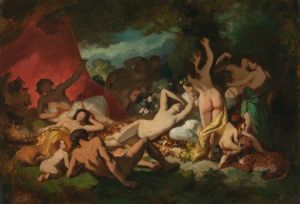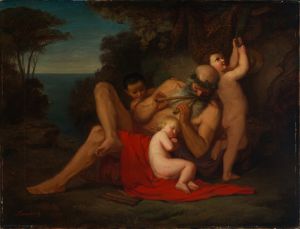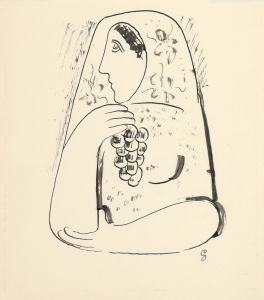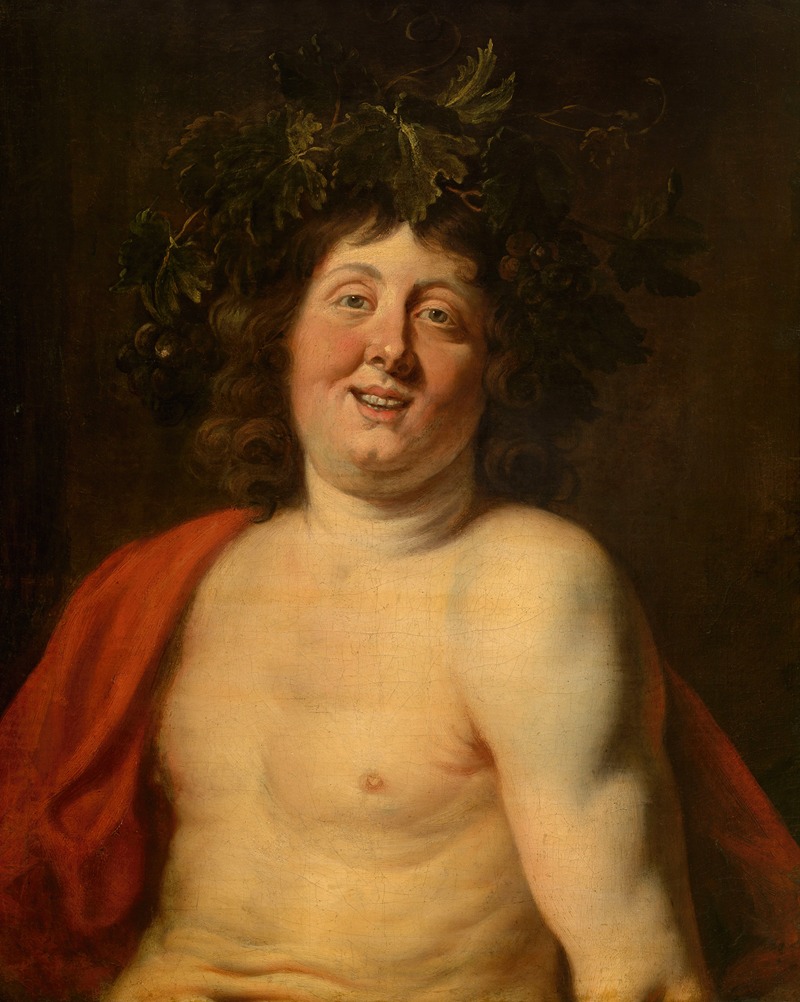
Bacchus
A hand-painted replica of Jacob Jordaens’s masterpiece Bacchus, meticulously crafted by professional artists to capture the true essence of the original. Each piece is created with museum-quality canvas and rare mineral pigments, carefully painted by experienced artists with delicate brushstrokes and rich, layered colors to perfectly recreate the texture of the original artwork. Unlike machine-printed reproductions, this hand-painted version brings the painting to life, infused with the artist’s emotions and skill in every stroke. Whether for personal collection or home decoration, it instantly elevates the artistic atmosphere of any space.
Jacob Jordaens, a prominent Flemish Baroque painter, created several works depicting Bacchus, the Roman god of wine, revelry, and ecstasy. Among these, one of his notable paintings titled Bacchus exemplifies his mastery in portraying mythological themes with a distinctively earthy and dynamic style. Jordaens, who was influenced by Peter Paul Rubens, often infused his works with a sense of vitality, humor, and robust realism, characteristics that are evident in his depictions of Bacchus.
In Bacchus, Jordaens presents the god as a corpulent, jovial figure, embodying the indulgence and excess associated with his domain. The painting captures the celebratory spirit of Bacchus, often surrounded by satyrs, nymphs, or revelers, emphasizing themes of abundance and festivity. Jordaens' use of rich, warm colors and dramatic contrasts of light and shadow enhances the lively atmosphere of the scene. His attention to detail in the textures of flesh, fabric, and other elements adds to the painting's vivid realism.
Unlike the idealized depictions of gods in classical art, Jordaens' Bacchus is more humanized, reflecting the artist's tendency to draw inspiration from everyday life and his surroundings. This approach aligns with the broader trends of the Baroque period, which sought to engage viewers emotionally and bring mythological or religious subjects closer to human experience.
The painting is also notable for its allegorical undertones. Bacchus, as a symbol of wine and revelry, often served as a metaphor for the fleeting pleasures of life and the consequences of excess. Jordaens' interpretation may carry such moralistic undertones, though the emphasis remains on the joyous and celebratory aspects of the subject.
Jacob Jordaens painted multiple versions and variations of Bacchus-themed works throughout his career, and these paintings are housed in various museums and collections worldwide. Specific details about the provenance or current location of this particular Bacchus painting may vary, as Jordaens' works have been widely studied and cataloged over the centuries.
Jordaens' Bacchus stands as a testament to his ability to blend mythological themes with a distinctly Flemish sensibility, creating works that are both engaging and reflective of the cultural context of 17th-century Flanders.





